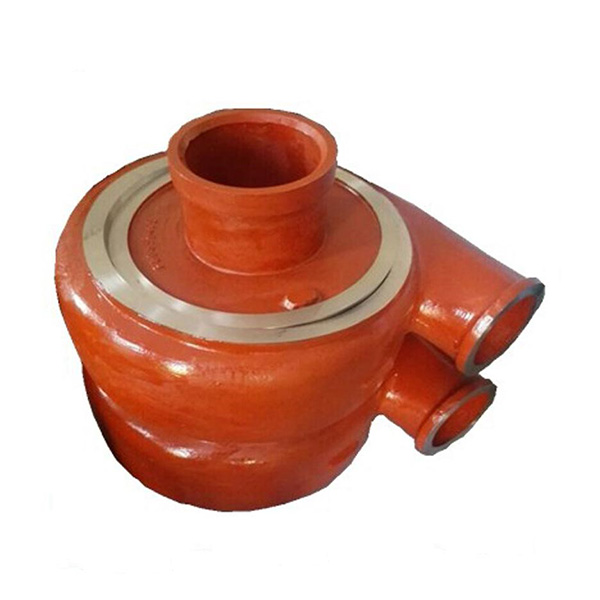Mobile:+86-311-808-126-83
Email:info@ydcastings.com
Benefits and Advantages of Pressure Die Casting in Modern Manufacturing Techniques
Advantages of Pressure Die Casting
Pressure die casting is a widely utilized manufacturing process, particularly in the production of metal components that require high precision and quality. This method involves forcing molten metal into a mold under high pressure, allowing for the creation of complex, intricate shapes with excellent surface finishes. In this article, we will explore the numerous advantages of pressure die casting, making it a favored choice in various industries, including automotive, aerospace, electronics, and consumer products.
1. High Precision and Tolerance
One of the most significant advantages of pressure die casting is its ability to produce components with tight tolerances and intricate designs. The high-pressure process minimizes the gaps and variations in dimensions, leading to parts that meet exact specifications. This precision is crucial in industries like aerospace and automotive, where even the slightest deviation can compromise functionality and safety.
2. Excellent Surface Finish
Pressure die casting produces parts with a smooth and polished surface finish. The process minimizes the need for additional finishing operations, such as machining or grinding, thereby reducing production time and costs. The high-quality surface finish achieved during the casting process also enhances the aesthetic appeal of the final product, making it suitable for consumer-facing applications.
The efficiency of pressure die casting significantly reduces production time. The process can produce large quantities of components in a short period, thanks to the rapid cooling of metal and the quick cycle times associated with the casting process. This fast production capability is beneficial for manufacturers looking to meet high demand for their products while maintaining cost-effectiveness.
4. Material Efficiency
Pressure die casting allows for the efficient use of materials. The process produces minimal waste, as the molten metal is injected into the mold, and any excess can often be reused in subsequent castings. This efficiency not only reduces material costs but also contributes to more sustainable manufacturing practices by minimizing scrap.
advantages of pressure die casting

5. Versatility in Materials
Another key advantage of pressure die casting is its versatility in accommodating a wide range of metals and alloys. Common materials used in this process include aluminum, zinc, and magnesium, each offering unique properties suitable for various applications. This adaptability enables manufacturers to select the most appropriate material for their specific needs, enhancing the overall performance and durability of the final product.
6. Complex Geometries and Designs
Pressure die casting enables the production of complex geometries and intricate designs that would be difficult or impossible to achieve with other manufacturing processes. This capability opens up new design possibilities for engineers and designers, allowing for innovative and efficient products. The ability to create complex parts without the need for assembly also streamlines production processes and reduces the number of components required.
7. High Strength and Durability
Components produced through pressure die casting are known for their high strength and durability. The fast cooling rate that occurs during the casting process results in a finer grain structure, enhancing the mechanical properties of the metal. This strength is particularly important in applications where components are subjected to high stress and pressure, such as in automotive and aerospace industries.
8. Low Labor Costs
Because pressure die casting is a highly automated process, it requires significantly less labor compared to traditional casting methods. The automation involved in injecting molten metal into molds and managing the casting cycle reduces the need for manual intervention, resulting in lower labor costs. This efficiency enables manufacturers to allocate resources more effectively, optimizing production workflows.
Conclusion
In summary, pressure die casting offers a myriad of advantages that make it a preferred choice for manufacturers across various industries. From high precision and excellent surface finishes to reduced production times and material efficiency, this method has proven to be a key player in modern manufacturing. Its versatility, capability to produce complex designs, and strength make it an essential process in creating high-quality components that meet the demands of today’s market. As technology continues to advance, the benefits of pressure die casting are likely to expand even further, solidifying its role in the future of manufacturing.
-
Impeller Technology That Powers Precision in Pump SystemsNewsMay.22,2025
-
Valve Durability Begins with Quality Cast Iron ComponentsNewsMay.22,2025
-
Performance Cooling with Advanced Automobile Water Pump SolutionsNewsMay.22,2025
-
How Motor Housing and Oil Pans Shape Engine PerformanceNewsMay.22,2025
-
How Metal Castings Drive Modern Manufacturing EfficiencyNewsMay.22,2025
-
Exploring the Engineering Behind Valve Body CastingsNewsMay.22,2025











